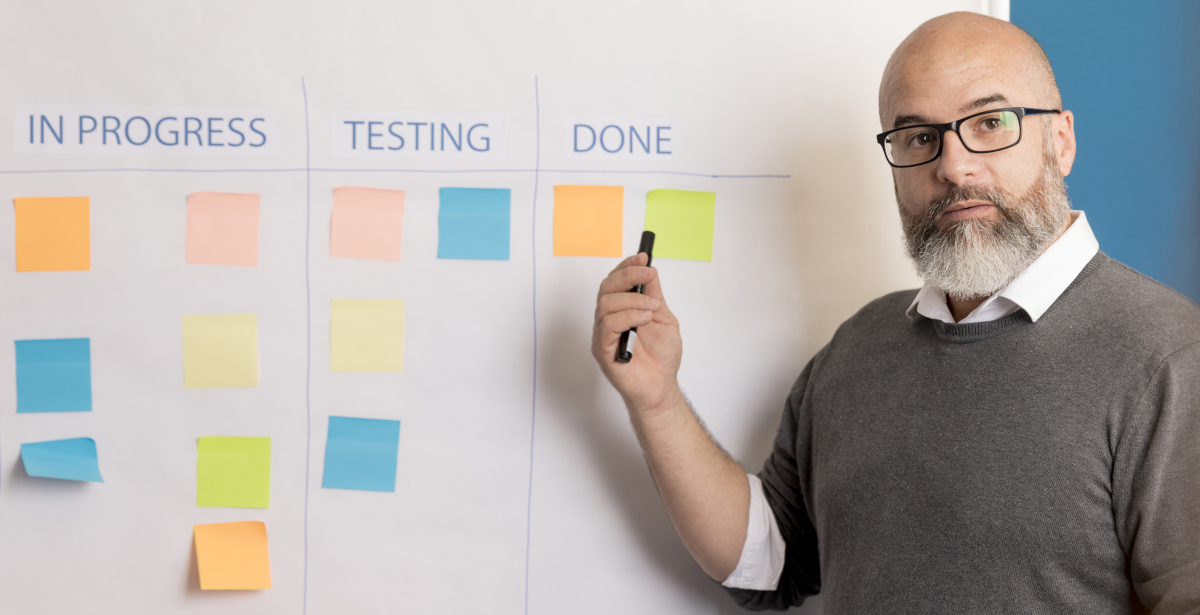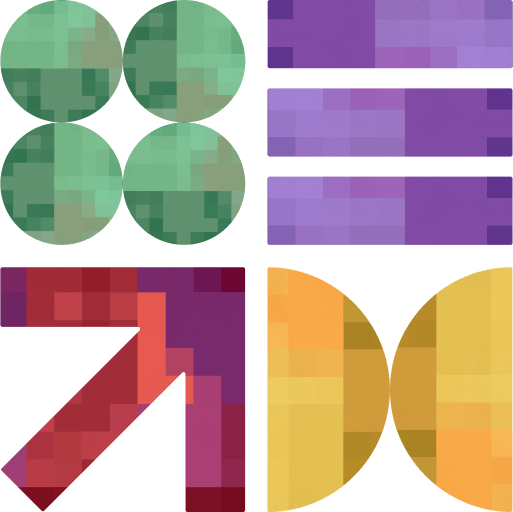Understanding the Software Development Life Cycle Design Phase

Your knowledge about the software development life cycle design phase is vital for the success of your applications. It takes up 20–30% of the overall project time and impacts your business’s overall software development strategy.
Introducing the Software Development Life Cycle Design Phase
The design phase in the software development life cycle (SDLC) is where ideas turn into a clear, structured plan. It’s when ‘blueprints’ are created to let developers know exactly what to build and how all the components fit together.
To be precise, the design phase translates the requirements gathered in the Requirement Analysis phase into plans for:
- System architecture
- Major components
- Modules
- Data flow and integration points
For added clarity, the phase includes the creation of diagrams like Entity-Relationship Diagrams (ERD), System Architecture Diagrams, and Data Flow Diagrams (DFD).
While the above provide a high-level design, they are further refined to include:
- Detailed designs for each module
- Database schema
- Class diagrams and algorithms
- Interface-related details
Importance of the Design Phase in Software Development
You can’t afford to skip the design phase, even if it takes a little more time than you expect. Here’s why:
- Avoiding Additional Work – Poor planning leads to technical debt, i.e. the trade-offs are made when quick or suboptimal solutions are implemented instead of well-structured, maintainable code. Moreover, complex code that’s difficult to modify further increases time and costs.
- Preventing Common Issues – A bad design can lead to frequent bugs and crashes, performance issues, and complicated updates and maintenance. These problems make the software frustrating to use and even difficult to fix. Adhering to the steps in the software development life cycle design phase can easily prevent these problems.
- Maximizing Security and Reliability – Good design factors in security measures from the start, reducing vulnerabilities. It also ensures the software is reliable, minimizing downtime and disruptions for users.
- Enhancing Performance and Scalability – A well-designed system runs efficiently and adapts as business needs grow. This means you can expand features and capabilities without impacting the overall solution.
- Meeting User Needs – A good design puts users first. It ensures the software is easy to use and does exactly what they need.
Key Objectives and Goals of the Design Phase in the SDLC
After understanding what it is and why it’s needed, you should be aware of the phase’s objectives and goals.
Firstly, there are three key objectives for the design phase:
1) Turning Requirements into a Clear Plan
The primary goal of the design phase is to convert software requirements into detailed specifications. This includes defining system functionality, architecture, user interfaces, and data management.
For instance, if software needs to support 10,000 users at once, the design must outline server configurations and load-balancing solutions.
2) Identifying and Addressing Security Risks
The software development life cycle design phase should spot vulnerabilities before they become major issues. Security practices such as limiting access, multi-layer protection, and secure authentication are integrated from the start to keep the software resilient.
⚠️ Did you know? Poor security can seriously compromise your software, putting your entire business at risk. Check out our seven strategies to prevent website security vulnerabilities.
3) Getting Approval Before Development
Development only begins once the design is finalized and approved. A well-documented design removes ambiguity, ensuring developers have clear guidelines to follow.
As for the phase’s goals, there are two you should know:
1) Creating a Complete System Framework
The design phase defines system architecture, database structure, modules, and interfaces. This provides developers with a clear roadmap for the work ahead.
2) Starting Development with Confidence
Once the design is approved, developers can begin coding with a clear direction. Close collaboration between designers and developers ensures smooth execution.
Roles Within the Software Development Life Cycle Design Phase
In the design phase, several key players ensure everything is set up for a smooth transition into the development stage.
Client/Customer
Role: Provide project requirements and feedback on design ideas
Responsibilities: Approve design specifications, ensuring the design aligns with business goals and user needs
Business Analyst
Role: Gather and analyze detailed requirements
Responsibilities: Translate business needs into clear functional specifications, and work with designers and architects on the design plan
Project Manager
Role: Oversee the entire project to ensure it stays on track
Responsibilities: Manage resources, assess risks, and ensure the design phase meets the objectives within the budget and timeline
💡Strong teams drive successful development. Learn how to foster self-managed teams that take ownership and collaborate effectively in “A Scrum Master’s Guide to Creating Self-Managed Teams.”
Technical Architect/Tech Designer
Role: Define the technical framework and system architecture
Responsibilities: Create the overall technical design, select technologies, and plan system integrations for scalability and performance
UI/UX Designers
Role: Design the user interface and experience
Responsibilities: Develop prototypes, visual designs, and blueprints based on research to ensure the software is user-friendly
Development Team
Role: Turn design specifications into functional software
Responsibilities: Write code, integrate components, and bring the design to life
Quality Assurance Specialist
Role: Review design documentation for testing preparation
Responsibilities: Coordinate with developers, identify potential test areas, and ensure software quality
Activities Within the Design Phase in the SDLC
Now that you’ve been properly acquainted with the software development life cycle design phase, you should know how it goes.
The design phase involves several key activities. And while different companies may tweak the process, the following three remain unchanged.
1) UI Design Review
The first step in this phase is UI design review. Here, the goal is to turn ideas into visuals that show what the product will look like.
UX designers use storyboards for this purpose. A storyboard is a visual representation of a system’s user interface (UI) and interactions. It indicates how users navigate through the application, helping developers, designers, and stakeholders align on the user experience before development begins.
Once the design is ready, the project manager will review it. They will assess whether the design aligns with the client’s needs and user expectations, and request changes if necessary.
💡Want to elevate your UI/UX approach? Discover how interactive elements and modern trends shape user engagement in “6 Interactive Web Design Trends That’ll Wow Your Users.”
2) Technical Design Creation
Next comes the technical side of things. This is when the team determines how to bring the design to life using technology.
A technical architect or DevOps engineer works alongside the designer to figure out the coding standards, list of tasks, and estimated timelines. These details ensure that everyone’s on the same page and make task allocation easier for the project manager.
3) Quality Verification and Validation
Finally, quality verification and validation take place. This is when the team checks the design to ensure it works as expected.
If the design phase in the SDLC passes all tests, it’s given to the project manager for approval. Once approved, the project is ready for the next phase: development.
Ready to Start Your Software Development Journey?
If you’re looking for software developers who truly understand the power of great design and smooth development, you’re in the right place!
We have over two decades of experience creating innovative solutions for businesses of all sizes. Therefore, we KNOW we can collaborate effectively on your next big idea.
Fill out the form below, and let’s make it happen—together!





